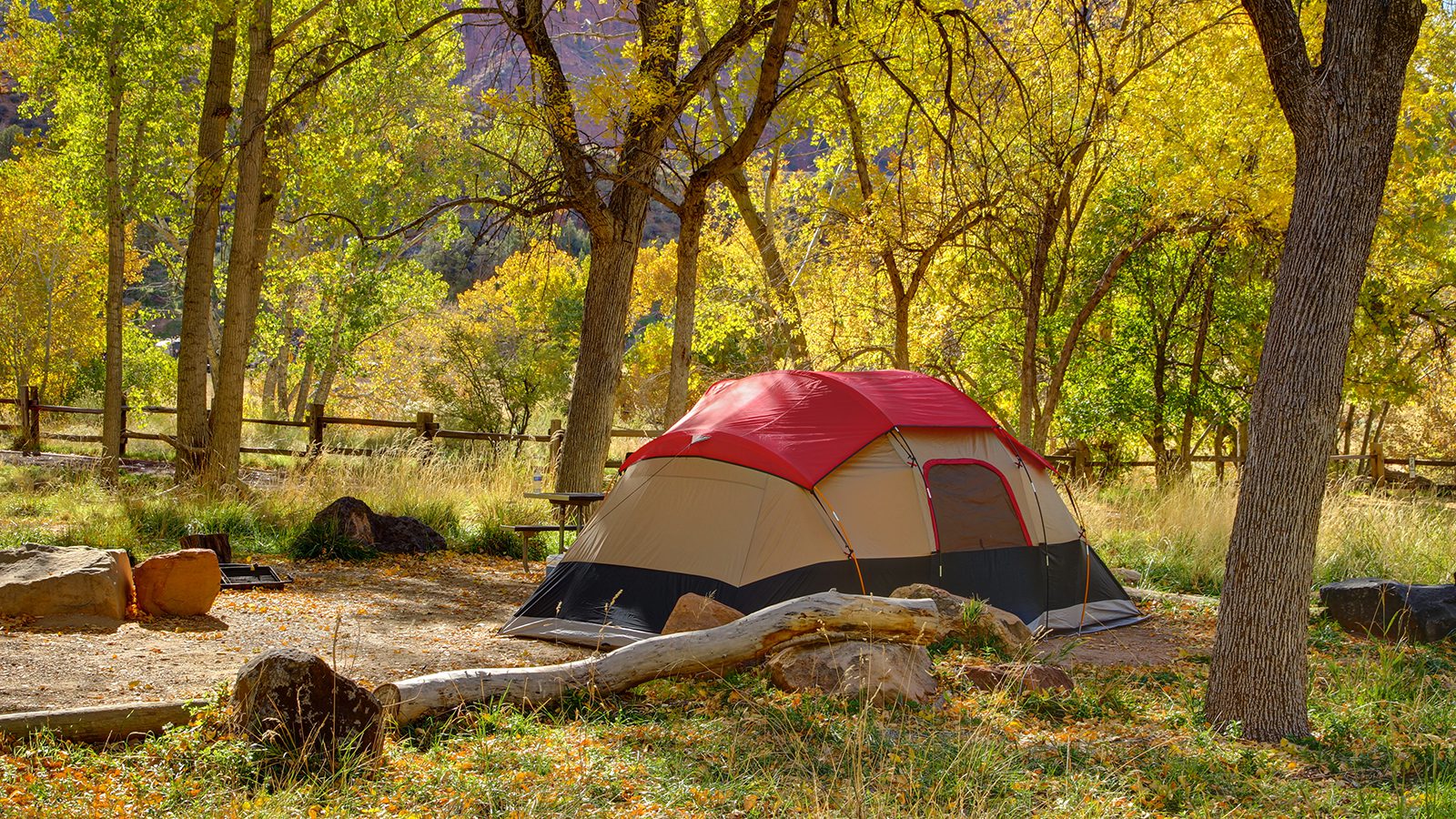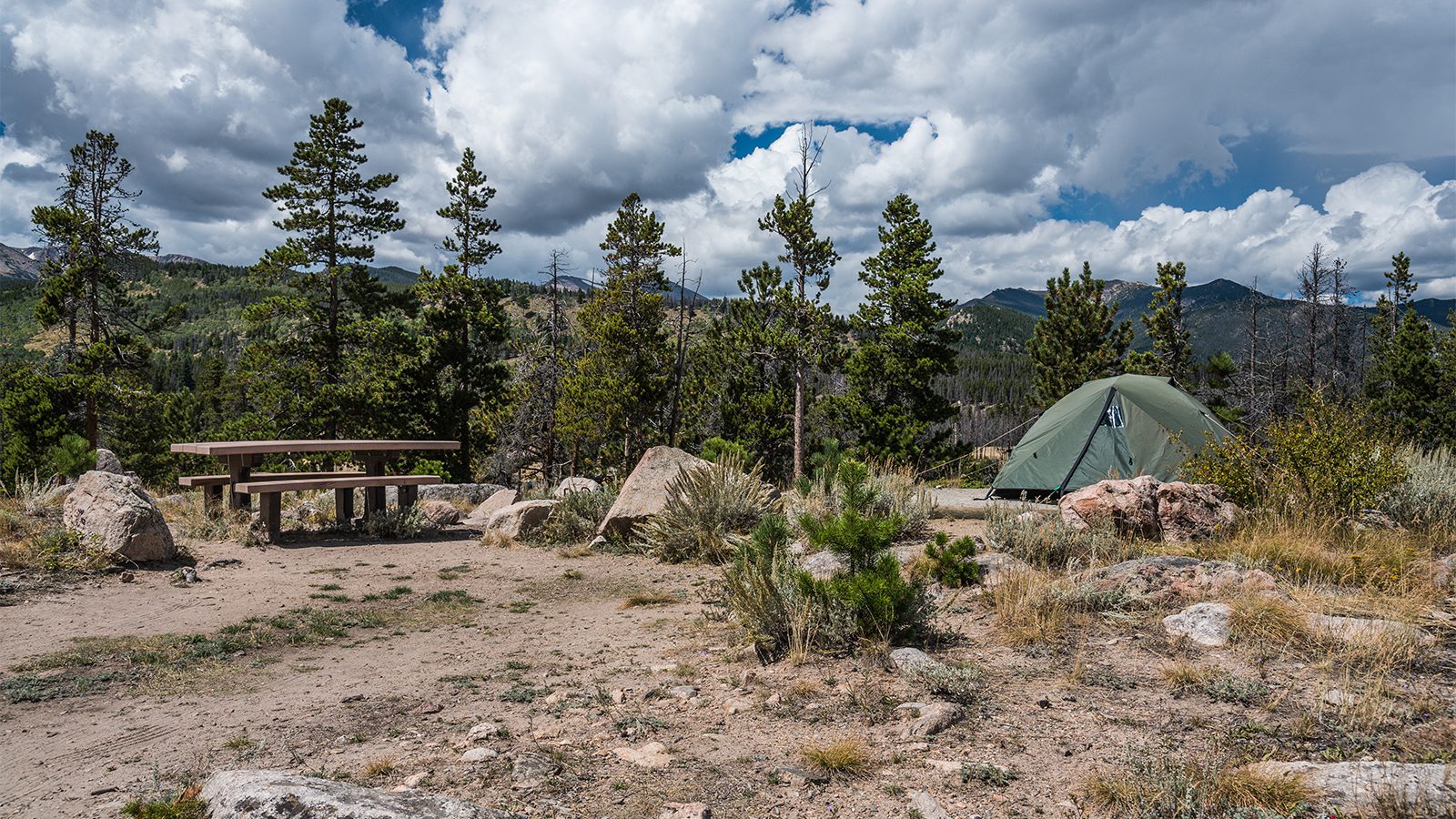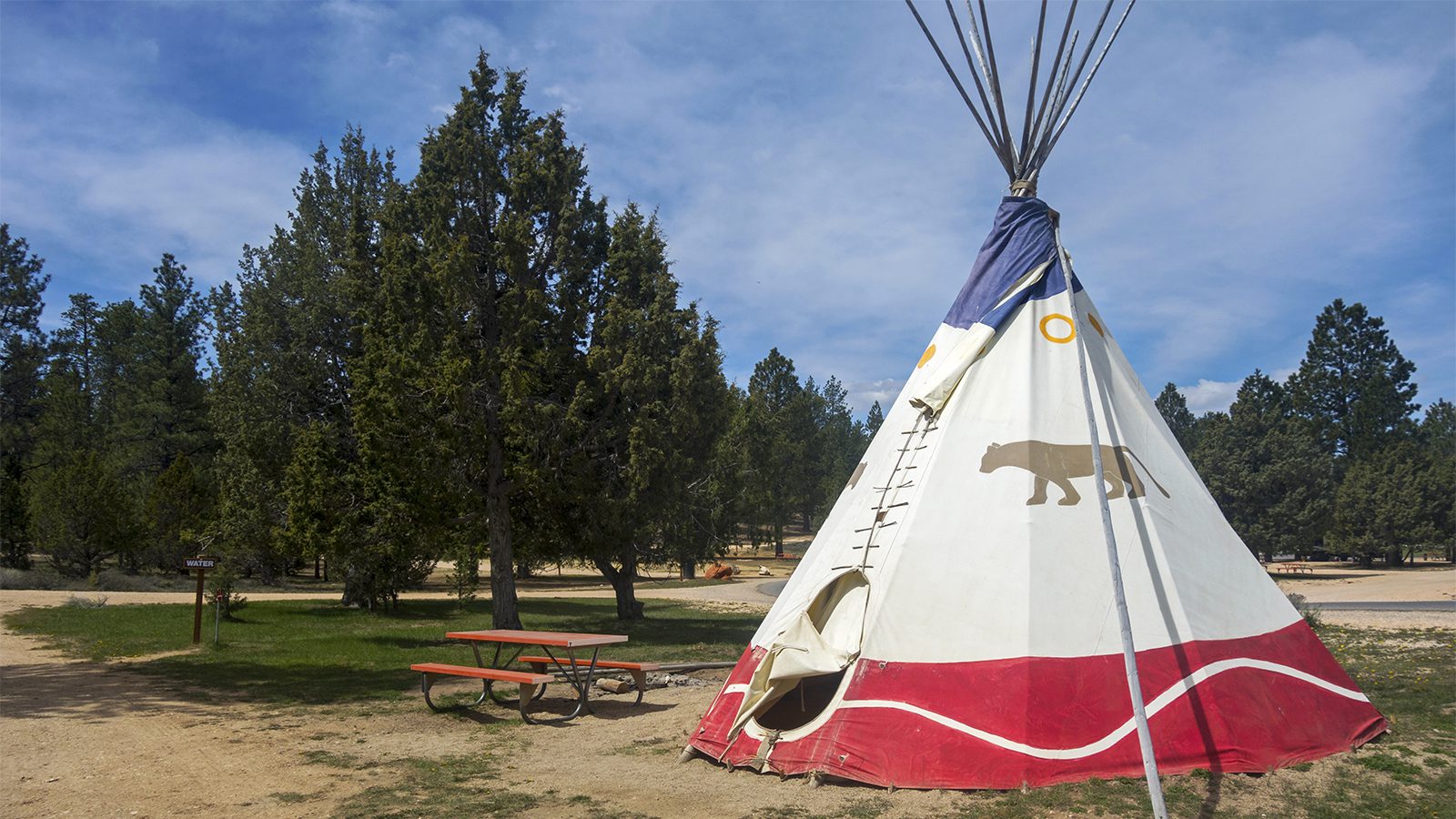1. Apply for a backwoods permit early
Backwoods camping in Grand Canyon National Park is one of a kind experience, which is why it can be so hard to get a permit.
The park receives more than 30,000 requests for backcountry permits each year. Of those, just 13,000 permits are issued. With this in mind, submit your requests early.
The park accepts applications four months out, so apply early for the best chance to get one.
2. Book early
The park’s South Rim is the most popular side, receiving more than 90 percent of the park’s visitors. With that in mind, booking a reservation at one of the campgrounds is difficult, especially during peak periods.
The Grand Canyon National Park will take reservations up to 13 months in advance, so book early.
3. Be prepared in the summer
Backwoods camping on the canyon floor is an amazing experience. It’s also fraught with danger.
Temperatures in the summer can easily reach the triple digits at these lower elevations.
Make sure you have ample water with you and that you know where the water sources are located. Water bottles and sunscreen are essentials.
4. Go in off-peak seasons
Camping can be best enjoyed during the off-peak seasons. There are fewer crowds and the weather is milder.
This means you can take longer hikes to the canyon floor and more enjoyable temperatures for hanging out at camp or sleeping at night. It also means less competition for campsites.
5. Be dry camp ready
With a few exceptions, most campgrounds in and around the park do not offer full utility hook-ups. You can be more flexible with your RV if you are prepared to dry camp.
6. Use the shuttle
While finding a campground near the visitors center or certain attractions is great, you can also use the park’s free shuttle system, which visits all of the campgrounds in the park and near the entrances.
This eliminates having to find parking at the visitor center.
Gaby Pilson
Gaby is a professional mountain guide with a master’s degree in outdoor education. She works primarily in the polar regions as an expedition guide, though she can be found hiking, climbing, skiing, sailing, or paddling in some of the world’s most amazing places when not at work.


